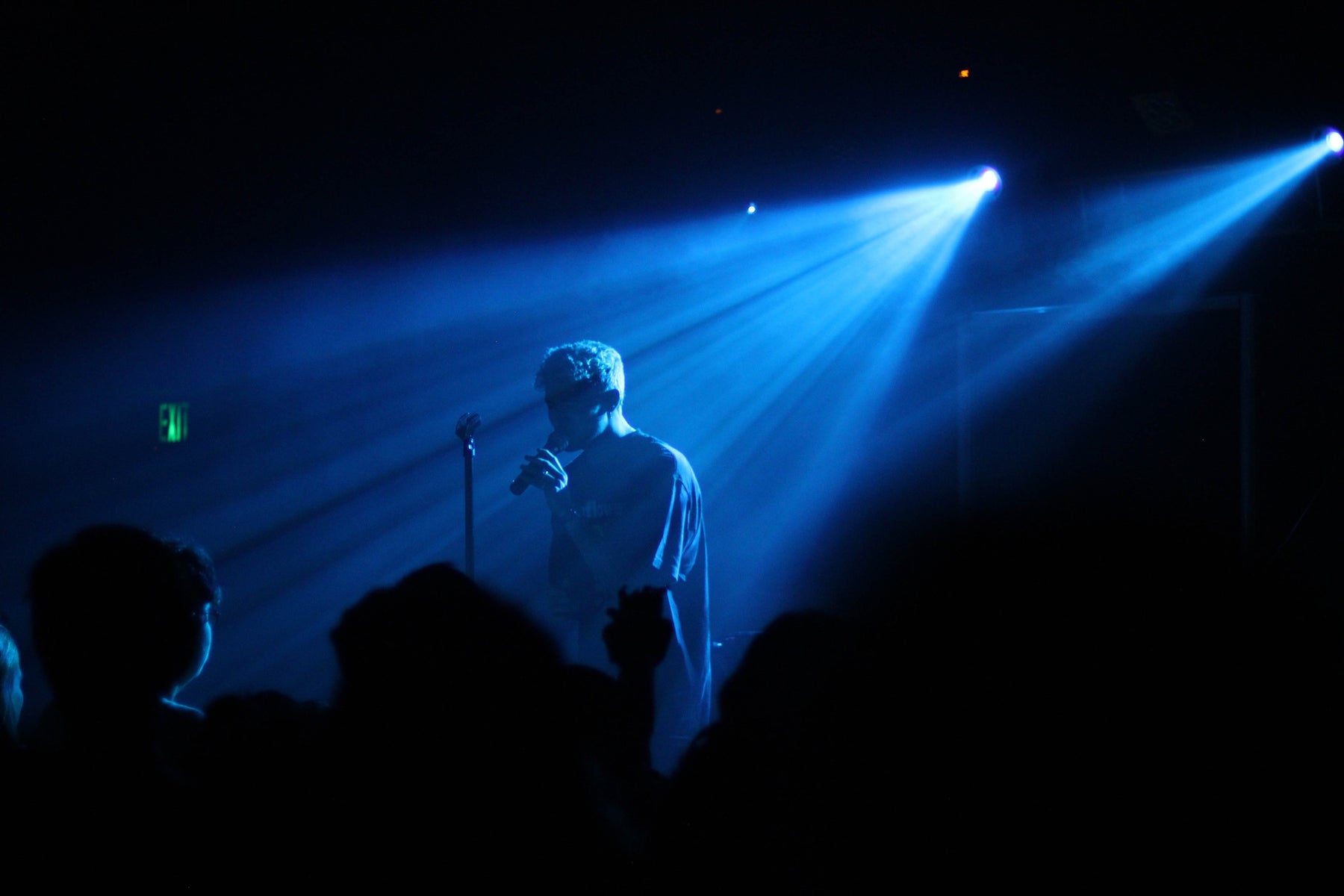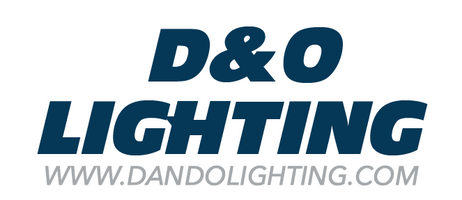
5 Essential Lighting Techniques that Every Beginner Needs to Know About
When starting out in cinematography, it can seem like the terms and techniques you need to learn are endless. Such a detailed and intricate craft can take years to master, however, it only takes a little bit of commitment and you’ll have a good grasp of the basics in no time. In this article, we’re going to share five different lighting setups which can form the basis of your filmmaking arsenal. Everyone, no matter if they’re a beginner or an expert, needs a good grasp of these basic techniques. Read on to discover these fantastic lighting setups and start building your knowledge of lighting in film production.
Understanding Lighting Terminology
Here’s a quick rundown of some terms you need to know, so you can fully understand our explanation of these lighting setups. For a more comprehensive guide, check out Lighting 101; our guide for cinematographers.
- Key light: This is the main light source in a scene, often the brightest and most intense.
- Fill light: This secondary light serves to soften the shadows of the key light, generally placed at an opposing angle and not as bright as the key.
- Backlight: Set behind the subject of a scene, the backlight separates the foreground from the background and gives more depth to the shot.
- Bounce: Generally a foam or silk board, used to reflect light from another source.
- Available light: Sources of light that are already on your set, for example, a street lamp, or the sun.
- Practical light: If there’s a lamp or a candle within the shot, this is a source of practical light.
- Soft light: A large light source that produces pale and soft shadows can be referred to as a source of soft light.
- Hard light: Hard light usually comes from a more concentrated source, and produces strong and dark shadows.
Three-point Lighting
A three-point lighting setup is the most basic and the most important for every cinematographer to know. It’s a standard method of lighting for any production, one which you can always turn to, to form the basis of your lighting setup. A three-point lighting setup will bring out the details of your scene, eliminating the darkest shadows and giving depth and dimension to the shot. This simple setup requires three lights as the name suggests; a key, fill and backlight.
In a three-point lighting setup, the key light is placed beside the camera and shines directly on the subject of your shot. The fill light should be placed on the opposite side of the camera, at an angle of about 45 degrees. Remember to make the fill dimmer than the key light; it should soften the shadows and illuminate the other side of your subject, without overpowering the key.
The backlight is placed behind the subject, generally at a higher angle as well. This will bring your subject forward from the background, and help to create depth in the image. Using a key and fill light in this setup, without adding a backlight, will leave the image without dimension, and the scene will look flat on the screen.
Low-key Lighting
A low-key lighting setup can help you to achieve a very dramatic appearance for your scene, this technique leaves most of the image in shadow and sheds light on only a few details. Unlike a three-point lighting setup, low-key lighting can require a bit more practice to master, as you’ll achieve the effect using only one light source.
To create a low-key lighting setup, use a key light that isn’t too bright. You may want to select a studio light with barn doors, so you can narrow the beam of light. This may be necessary if your set is still too well lit when reduced to one light, as a low-key setup relies on the majority sitting in the shadow. Set up your primary light across from or next to your subject, at a relatively neutral angle. Then, you can use a bounce behind the subject to reflect back some of the light, creating a distinction between subject and background.
Use a low-key lighting setup to create drama and mystery on a set; simply use your key light to highlight the most important details, and then utilize the bounce to ensure your image has depth and won’t appear flat. A set lit with low-key lighting is mostly in shadow, but the audience still sees enough detail to follow the story.

High-Key Lighting
In the film industry, high-key lighting is all about bright white light, with little to no shadows and dark tones. A high-key lighting setup can be used to portray flashback scenes and other bright and cheerful shots. It’s the opposite of low key lighting, but can be just as difficult to execute properly. High-key shots can simply look overexposed without the touch of an experienced hand, so ensure you have plenty of practice before employing this technique on set.
The key and fill light can sit on either side of the camera for this setup, illuminating clearly all sides of your subject. Then, instead of pointing the backlight towards the camera, direct it towards the back wall of your set instead. The result of this setup is an image lit brightly from all sides, with almost no shadow or dark areas. There won’t be much depth to your image using this technique, however, with small adjustments in real time you should be able to achieve the desired effect.

Reverse Key Lighting
Reverse key lighting features the fill light behind the subject rather than behind the camera, meaning the best lit portions of your subject actually won’t be visible to the camera at all. Also called short lighting, or narrow lighting, this technique produces soft shadows and can be very emotive. The side of your subject facing the camera will be very softly lit, the effect is almost like a silhouette.
The key light should be set up behind and to the side of your subject, while the fill light stays in normal position beside the camera. When using a reverse key lighting setup, you can replace the fill light with a bounce, as your key will be on the opposite side. This will soften further the side of your subject which is facing the camera. Using a backlight is optional for this setup, as the key is already placed behind the subject.
However, if you want to use one, place the backlight behind the subject on the other side to the key. A reverse key light setup can be done easily with only a single source of light, which makes it one of the most accessible and versatile in a cinematographer's toolbox.
Backlight and Bounce Lighting
Any beginner cinematographer needs to effectively create dramatic silhouettes, as this lighting technique is a sure way to create drama and mystery in a shot. Place your key light (which in this case is the backlight) directly behind your subject. Using this technique, there’s no reason your key light needs to be artificial. Available light like the sun, or practical light, can both be used in place of a key, to create a combination of tungsten and daylight. This setup alone would definitely create a silhouette, however, you may still need to make out some details in the shot.
Secondly, use a bounce directly in front of the subject (below the camera) to reflect some light back on your subject. If this isn’t enough, you can use fill light in the place of a bounce. This secondary light source will provide just enough illumination so that your subject isn’t completely blacked out; sufficient to make out a few details or facial expressions. It also changes the light in the scene from hard light (strong and dark shadows) to soft light.
This technique can be very effective when presenting a mysterious character; your subject will be clearly visible while their identity may still be hidden. When employing a backlight and bounce setup, we suggest experimenting with the angle of your bounce or reflector. Don’t be afraid to keep making adjustments until the image seems just right.
Use these Set-ups to Improve Your Lighting Skills
You can employ these five basic lighting techniques to take your cinematography to the next level, and build the visuals of your film production. When lighting a scene, pay attention to the mood and emotion as directed by the script, so the atmosphere you create reflects the story. Lighting a scene correctly can add so much to the finished product, but be careful you don’t alter the emotion of the audience in the wrong way.
The three-point lighting technique is used in professional film productions all the time, even though it’s a simple method. This shows that anyone can master the art of lighting given a little study, so why not try out one of these five techniques on your next shoot? There’s no limit to the artful and emotive lighting you can produce, all it takes is a little imagination, and these fantastic lighting setups are a great place to start. Another excellent technique for beginner cinematographers to learn is lighting by ratios, so check out our guide to find out more.

Leave a comment